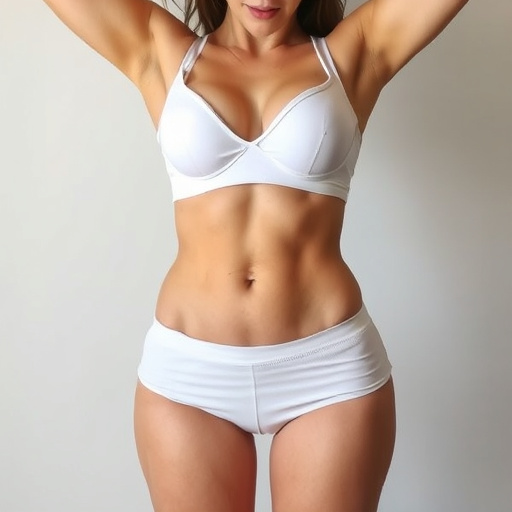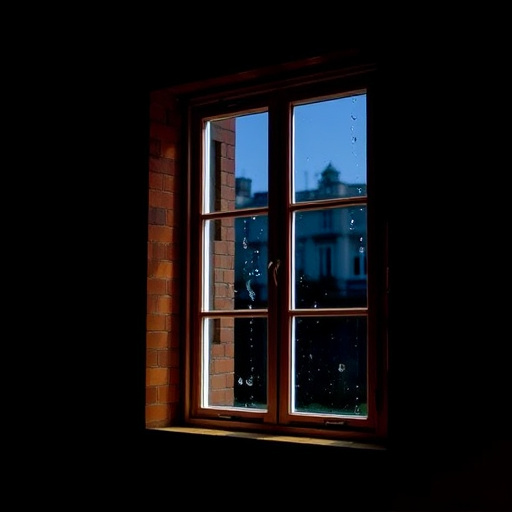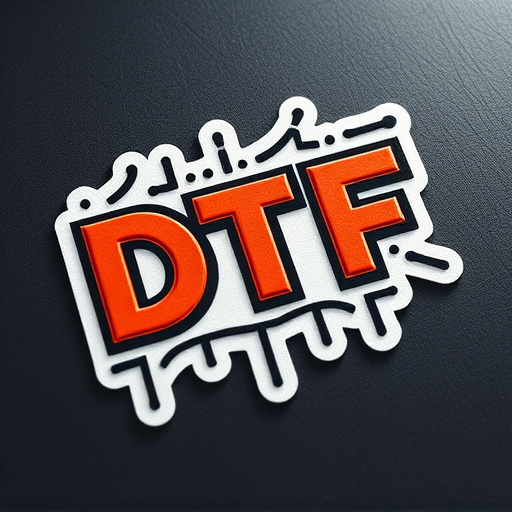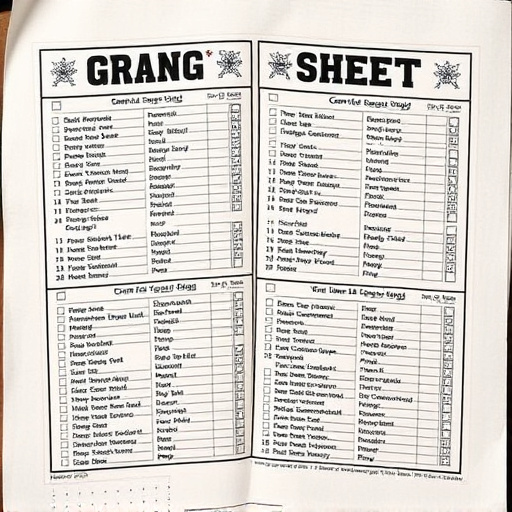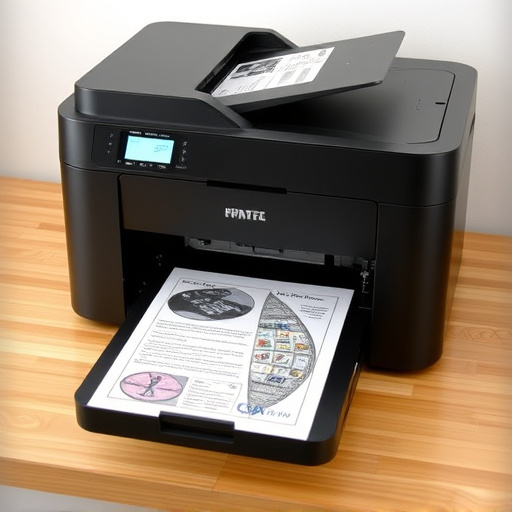DTF (Direct-To-Fabric) water-based inks are eco-friendly, vibrant, and durable solutions for textile printing, with low VOCs and strong adhesion. They offer a wide range of applications from gang sheet builders to garment printing. Choosing the right formula and mastering application techniques like gang sheet building or DTF transfer by size ensures superior print quality. These inks are popular among professionals and DIY enthusiasts due to their versatility and ability to produce professional-looking results on demand.
“Unleash your creativity with the precision and cleanliness of DTF water-based ink formulas. This innovative printing technology offers a game-changing approach to achieving crisp lines and vibrant colors on various surfaces. Our article guides you through the process, from understanding the unique properties of DTF inks to selecting the perfect formulas for your needs. We’ll explore application techniques that ensure flawless results, making it an indispensable resource for anyone looking to master this modern printing method.”
- Understanding DTF Water-Based Inks: Properties and Benefits
- Choosing the Right Formulas for Clean Lines and Precise Printing
- Application Techniques to Achieve Flawless Results with DTF Inks
Understanding DTF Water-Based Inks: Properties and Benefits
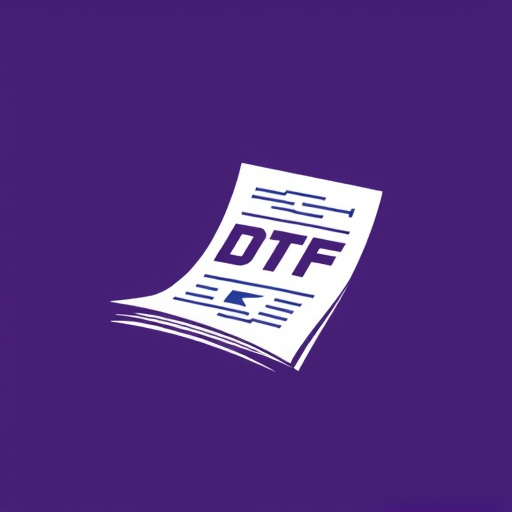
DTF (Direct-To-Fabric) water-based inks are a game-changer in the world of textile printing. These inks offer a range of properties that make them a popular choice for both professional printers and DIY enthusiasts. Firstly, they are environmentally friendly; being water-based means they have lower VOCs (volatile organic compounds), reducing their impact on air quality during application. This also makes them safer to use, especially in confined spaces.
The benefits extend beyond ecological considerations. DTF inks provide vibrant, long-lasting colours that withstand washing and fading. Their ability to adhere strongly to various fabrics, from cotton to polyester blends, makes them versatile for a wide range of projects, including dtf gang sheet builder, dtf transfers ready to press, and even dtf garment printing. This versatility, coupled with their easy-to-use formula, ensures that DTF water-based inks are a preferred choice for many in the printing industry.
Choosing the Right Formulas for Clean Lines and Precise Printing

When it comes to achieving clean lines with DTF (Direct to Fabric) water-based ink formulas, precision is key. Choosing the right ink formula specifically designed for DTF printing ensures optimal results on a variety of fabrics. These advanced inks are engineered to provide crisp, clear outlines and vibrant colours, making them ideal for creating detailed designs.
Selecting the appropriate DTF water-based ink formulations involves considering factors such as fabric type, desired print quality, and the specific requirements of your project. For instance, if you’re handling small orders or experimenting with unique designs, a versatile DTF ink that accommodates various heat press settings can be advantageous. This flexibility allows for precise control over printing processes, enabling you to achieve professional-looking results on demand, whether it’s for custom t-shirts, tote bags, or other textile products.
Application Techniques to Achieve Flawless Results with DTF Inks
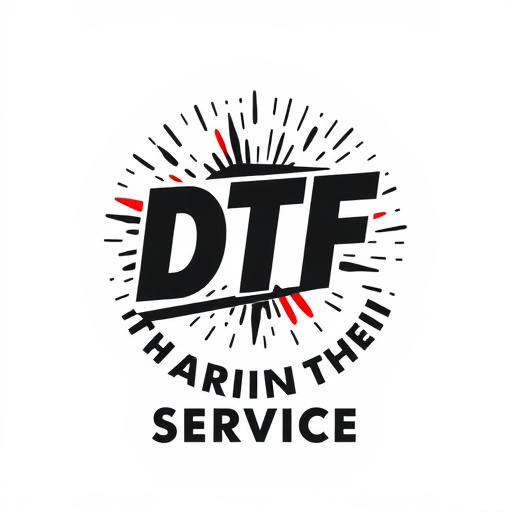
To achieve flawless results with DTF water-based inks, understanding and mastering application techniques is key. One effective method is gang sheet building, where multiple sheets are printed simultaneously, ensuring consistent ink distribution and minimal air bubbles. This technique is particularly useful for large-scale production runs.
Additionally, DTF transfer by size involves precise cutting of the design to match the desired object’s dimensions, allowing for detailed and accurate transfers. Using a DTF transfer film as a guide, this method ensures clean lines and minimal waste. The film acts as a template, facilitating a straightforward and efficient transfer process.
DTF water-based inks offer a revolutionary approach to achieving clean lines and precise printing in the world of digital textile printing. By understanding the unique properties and benefits of these inks, along with selecting the right formulas and mastering application techniques, you can produce flawless results. Incorporating DTF water-based inks into your workflow not only enhances the quality of your prints but also contributes to a more sustainable and environmentally friendly production process.




